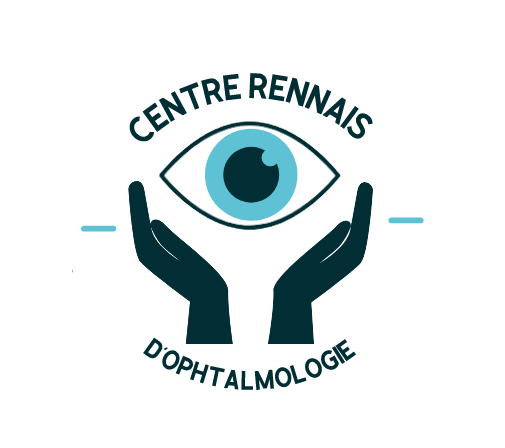Биткойн Википедия с видео
16 de junio de 2021How to Become a Java Developer Dice com Career Advice
26 de septiembre de 2022Content
Migraine is complex, and other neurological conditions may cause migraine-like symptoms. For this reason, it is important to see a doctor about migraine symptoms or chronic headaches, with or without drinking. One hypothesis is that red wine causes migraine due to high levels of certain compounds called flavonols, particularly quercetin. This compound might inhibit the body’s ability to break down alcohol, leading to the buildup of a substance called acetaldehyde, which could result in headaches.
Headaches
Every day, participants reported alcohol intake, lifestyle factors, and details about each headache. We constructed within-person fixed-effect models adjusted for time-varying factors to calculate odds ratios for the association between 1,2,3,4, or 5+ servings of alcohol and headache the following day. We also calculated the adjusted risk of headache the following day for each level of intake. Congeners, which are byproducts of fermentation found in alcoholic beverages, particularly in darker liquors and red wine, are thought to play a role in triggering migraines. These compounds can include biogenic amines like histamine and tyramine, naturally present in fermented drinks such as wine and beer. In sensitive individuals, these amines can bind to receptors along blood vessels in the brain, causing them to widen and leading to headaches.
Assessment of risk bias
Continuing to talk with your doctor throughout the course of your treatment is important for determining the strategies that prove beneficial and those that may not be as effective. Reviewed for accuracy by the American Migraine Foundation’s subject matter experts, headache specialists and medical advisers with deep knowledge and training in headache medicine.
Is Alcohol a Consistent Trigger for Migraines?
If it does, you’ll need to drink less or stay away from all alcohol. After a night on the town, it’s easy to blame a headache on too much alcohol. But if you’re prone to migraine headaches, drinking even a small amount of alcohol can bring on an attack. Drinks with higher alcohol percentages can lead to higher increase of oxidative stress, faster dehydration and more significant impacts on liver and energy production, potentially increasing the likelihood of a migraine attack.
- Understanding whether alcohol is a migraine trigger and how to treat and prevent it can help you make the best choices about what and how much you drink.
- If ADs are capable of triggering practically all primary headaches, they should act at a common pathogenetic level.
- It’s essential to listen to the body and give it the rest and support it needs to bounce back from a migraine triggered by alcohol consumption.
- While some research suggests they may contribute to attacks, other studies indicate that certain flavonoid fractions might actually have protective effects.
Information on the gender of participants was unavailable for analysis. So, the question of who is drinking more with a primary headache is still to be addressed. Additionally, only a few of the studies divided participants into migraine with and without aura. Oxford House Therefore, there was insufficient data to analyze the relationship between alcohol and aura, and the data that does exist is inconsistent 65, 86.
- Be cautious with medication and avoid exceeding recommended dosages.
- A 2023 review of studies concluded that alcohol consumption increases the risk of headaches, particularly migraine and tension-type headaches.
- Your doctor might suggest ways to handle migraine that are just for you.
- Unfortunately, this may lead to inflammation throughout the body, which can trigger migraines in some people.
- This simple yet effective step can help mitigate the risk of migraine attacks.
- Environmental factors like bright lights, strong smells, and extreme temperatures can also lead to migraine and you might be guessing it by now, they all increase oxidative stress.
This delayed effect of alcohol on migraine attack onset may be more difficult to ascertain by an individual compared to an immediate effect. Consumption varies greatly between cultures, regions, and between individuals, a fact which may explain why different studies have found opposing results. The relationship between alcohol and migraines is complex and not yet fully understood. Some studies suggest that alcohol can trigger migraines in certain individuals, while others find no significant association. Dehydration caused by alcohol consumption is considered a potential factor that may trigger migraines in susceptible individuals.
The authors are now studying other factors and behaviors, including stress, anxiety, and sleep, that may affect the association between alcohol intake and migraine onset to better understand the clinical implications of their combined effects. Analysis of the 22 included studies revealed 5 cohort studies 36, 45, 52, 55, 58, 11 cross-sectional 26, 27, 44, 46,47,48, 51, 56, 57, 59, 60 and six case-controls 49, 50, 53, 54, 61, 62. Of the cohort studies, two 36, 66 received fewer than 8 “yes” answers, therefore according to the assessment criteria from the Methods section above, these were assessed as having moderate risk of bias.
As a result, eating beforehand reduces alcohol’s potential migraine-inducing effects. Seven articles used International Headache Society (IHS) criteria from 1988 46, 47, 50, 51, 56, 59, 60. Its main limitation is the fact that its data is based solely on self-reported questionnaires. Migraine diagnosis was based on these questionnaires and the students were not examined by a neurologist.
